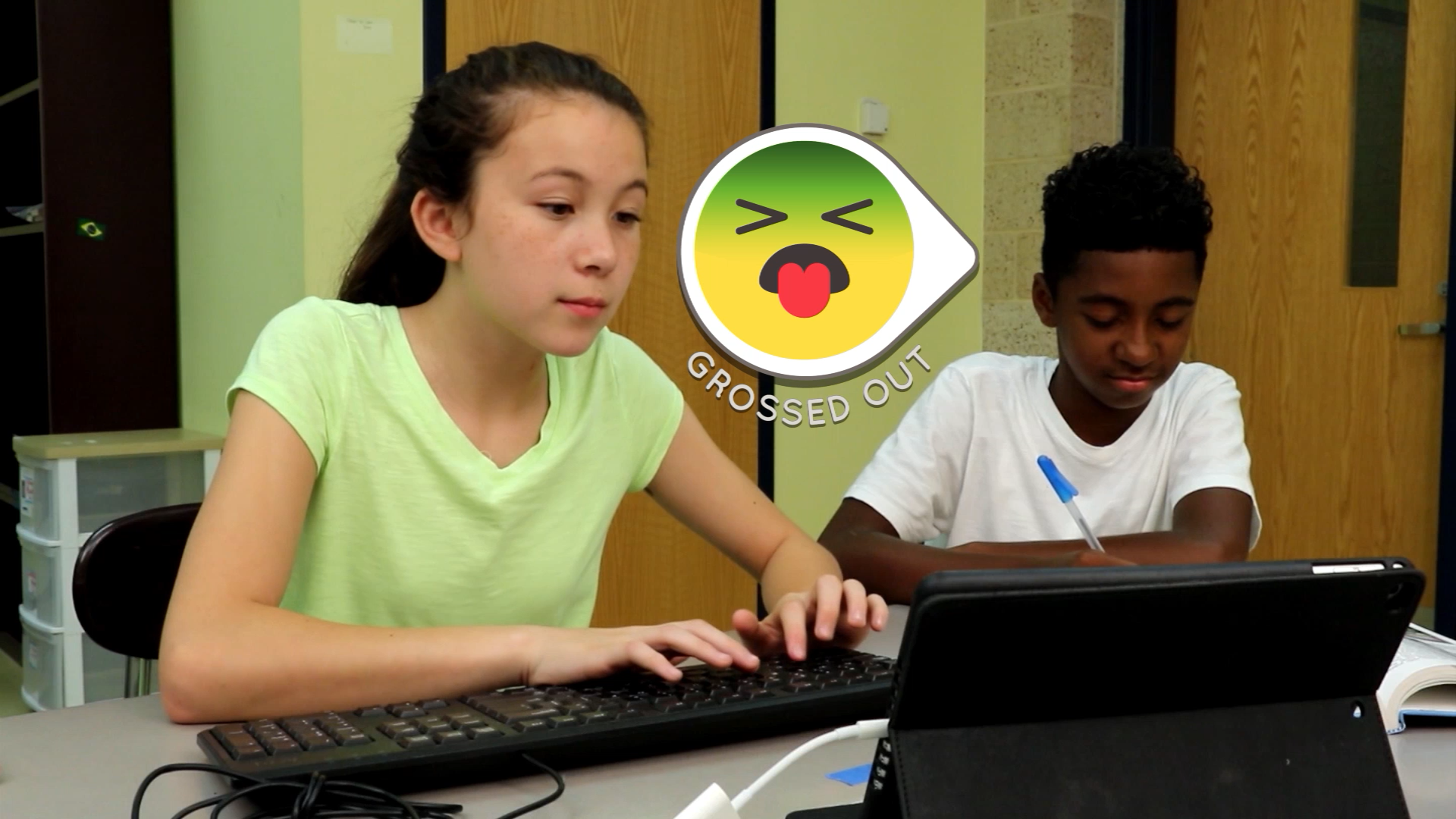
Introduction
Teaching proper hygiene to children is crucial for their well-being and the health of those around them. One essential aspect of hygiene is learning how to cover a sneeze properly. Sneezing into one’s elbow or a tissue helps prevent the spread of germs and keeps our surroundings clean. This blog post will discuss a no-prep activity for educators to help teach sneezing etiquette to elementary students, followed by some discussion questions and related skills.
No-Prep Activity
Here’s an engaging activity that requires no preparation or materials from the educator. This activity will help students understand the importance of covering a sneeze and how it affects others around them.
- Ask the students to sit in a circle.
- Explain to them the importance of covering their sneeze with their elbow or a tissue.
- Initiate a role-playing game where one student pretends to sneeze without covering their mouth. The student next to them should react to the situation, expressing how they feel about the uncovered sneeze.
- Continue the role-playing game around the circle, allowing each student to practice both sneezing with proper etiquette and reacting to an uncovered sneeze.
- After the activity, discuss with the students how they felt when someone sneezed without covering their mouth and how it made them think about the importance of sneezing etiquette.
Discussion Questions
These questions are designed to stimulate further discussions about the importance of sneezing etiquette and proper hygiene:
- Why is it essential to cover our sneezes with our elbow or a tissue?
- How do you feel when someone sneezes without covering their mouth?
- What are some other ways we can practice good hygiene to prevent the spread of germs?
- Can you think of a time when you or someone you know forgot to cover a sneeze? How did it affect the people around them?
- Why is it important to wash our hands or use hand sanitizer after sneezing?
Related Skills
Beyond sneezing etiquette, there are other essential hygiene skills that students should learn to maintain a healthy classroom environment. Some related skills include:
- Washing hands regularly and correctly
- Using tissues when blowing one’s nose
- Not sharing personal items like water bottles and utensils
- Coughing into one’s elbow or a tissue
- Keeping personal spaces clean and organized
Next Steps
Teaching proper hygiene and sneezing etiquette is an essential part of Social-Emotional Learning for young students. To help you continue developing these skills in your students, we encourage you to sign up for free samples of our resources and other related materials at Everyday Speech. With these tools, you can create a healthier and more inclusive learning environment for your students.

